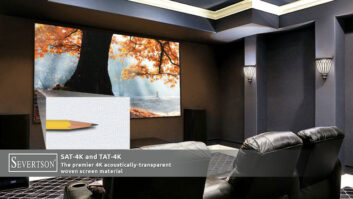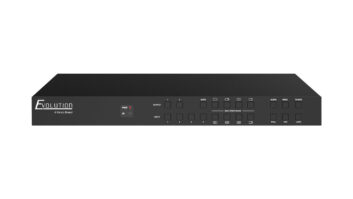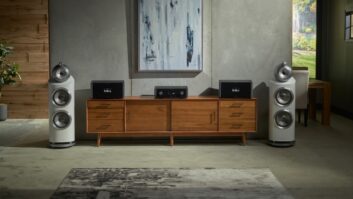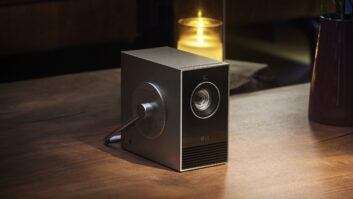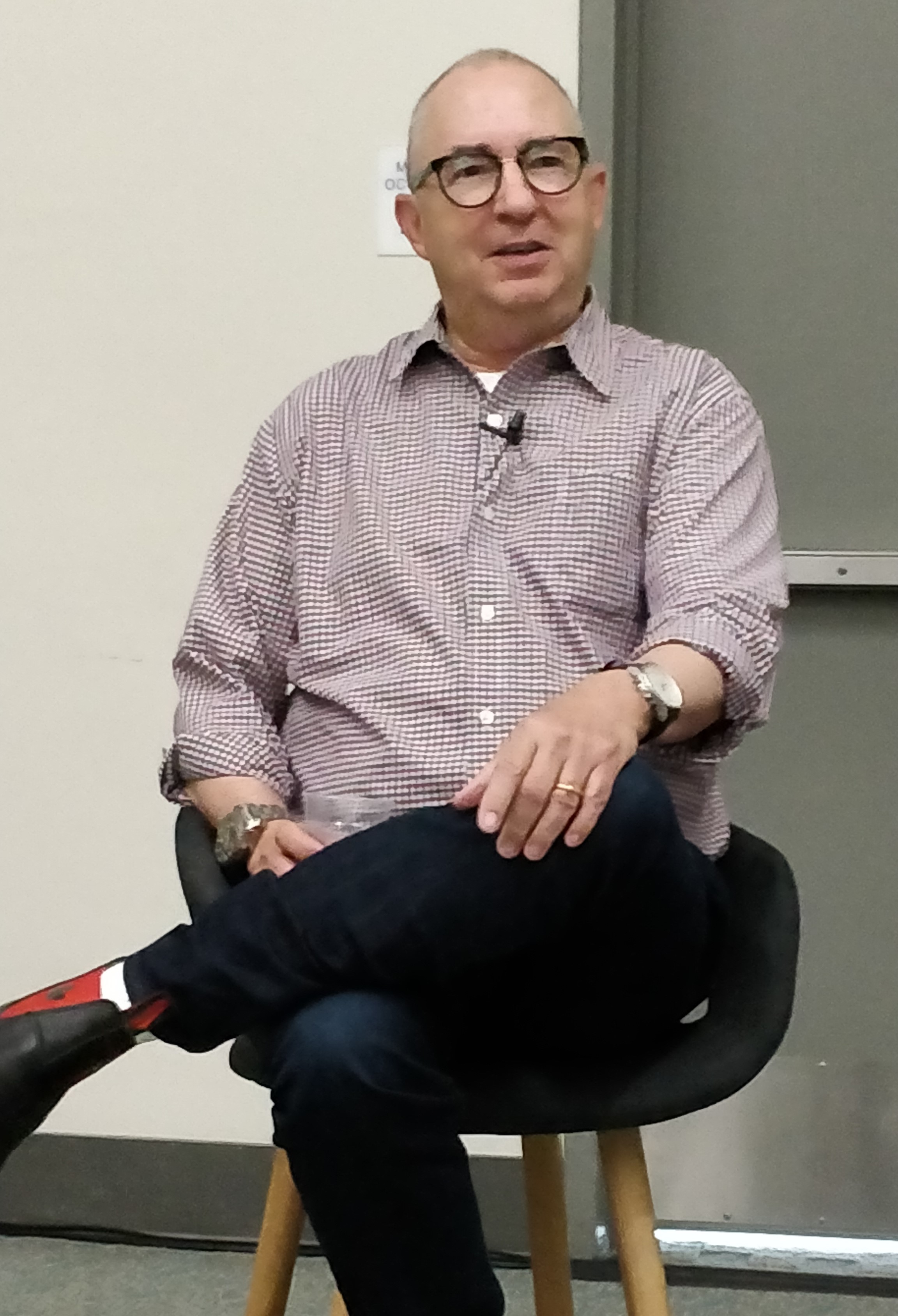
As the director of big-budget Hollywood flicks like ” Men In Black” and “Get Shorty,” and the Netflix-produced series “Lemony Snicket’s A Series of Unfortunate Events,” iconoclast and home-theater buff Barry Sonnenfeld has lived the transition from film to digital video, and from Hollywood studio to streaming content provider.
In an intimate Q&A session for Sony Electronics and movie-server maker Kaleidescape on the opening day of CEDIA 2018, Sonnenfeld sounded off on 4K Ultra HD, over-saturated TV displays, packaged media, and kids who watch movies on laptops.
Here are some of the highlights:
On film vs. digital video: “We’ve always had high-definition; it’s called 35mm film. There’s nothing like it and it’s a little bit sad that it’s going away. We try to do everything to make it look not digital – we buy crappy old lenses from the 1950s or use filters to intentionally degrade the image. It’s hard to shoot in 35mm these days, which is why Spielberg and [director] Chris Nolan are buying up film stock.”
On 4K UHD: “No actress or actor should be shot in 4K, it’s not fair to them. It looks great for a video game, but if I was a big star I’d insist on 35mm in my contract.”
On HDR: “I love HDR, it’s a great technique for certain things, but that doesn’t mean that everything should be HDR’ed. I wanted a flat, gloomy look for ‘Unfortunate Events,’ but Netflix wanted everything shot in HDR. So we’d spend 10 to 15 hours longer on each episode to combat HDR, so that Lemony Snicket’s white shirts wouldn’t pop like DayGlo. Every phone in the future will have HDR, but like 8K, it’s not the end all, be all to everything.”
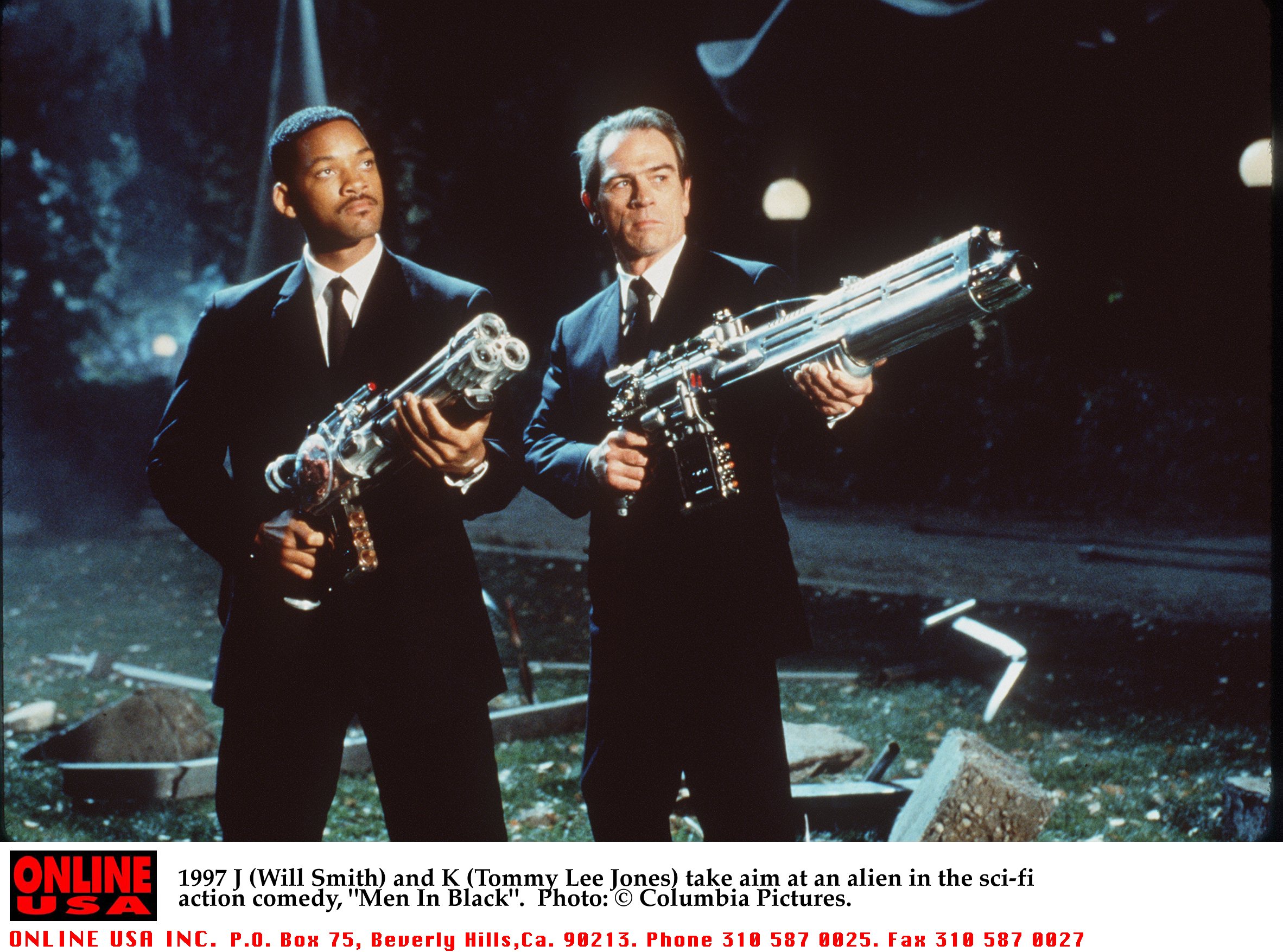
On flat-panel displays: “I wouldn’t buy an 85-inch anything. The big screens are impressive, but the esthetic has become too poppy, too surreal and video game-like. The blacks are so good now that they’re almost unrealistic, like black holes. Your brain knows you’re not watching something real and it takes you out of the moment. It’s part of a different reality for me.”
On home vs. movie theaters: “I think comedies should be seen in theaters. Laughter is infectious and the audience cues you when to laugh. But usually the projector lamp is half as bright as it should be, the sound is buzzing, people are talking and their iPhones are glowing.
“Ninety-nine out of 100 times I’m better off in my home theater in Telluride. I have a 16×7-foot screen, McIntosh amps, Sony projectors and six sub-woofers. My neighbors Jerry Seinfeld, Kelly Ripa and [writer/director] Larry Kasden come over during the holidays to watch. It’s different than being in the living room and pulling the drapes.”
On packaged media: “I wouldn’t want to be in the disc manufacturing business. It’s all changing. I still watch a lot of movies and stand-up comedy on Blu-ray, but I don’t need my 400-disc player anymore, and I think that discs will rapidly disappear as Wi-Fi speeds increase.
“Ironically, Amazon [Prime Video] and Netflix wouldn’t exist if technology didn’t create 16:9 plasma screens. ‘Breaking Bad,’ which is shot like a movie with super-wide shots and extreme angles, would never have worked in 4:3. Today’s displays have the same ratio as a movie theater screen, and 16:9 technology led to the rise of streaming services.
“But the future won’t be Hulu and Netflix; home theaters will get so good and bandwidth so fast that the studios will open up the Bel Air Circuit system to consumers through secure, dedicated servers like Kaleidescape. It won’t be cheap, but it won’t be exclusive.”
On watching movies on mobile devices: “Unfortunately people are watching their shows on iPhones, tablets and small TVs. I can’t stop it. It’s like people listening to [high-res audio proponent] Neil Young‘s music with earbuds. My own daughter would rather watch something on her Mac than in our home theater. She prefers lying in bed with the thing on her lap, listening through two tiny speakers.”




